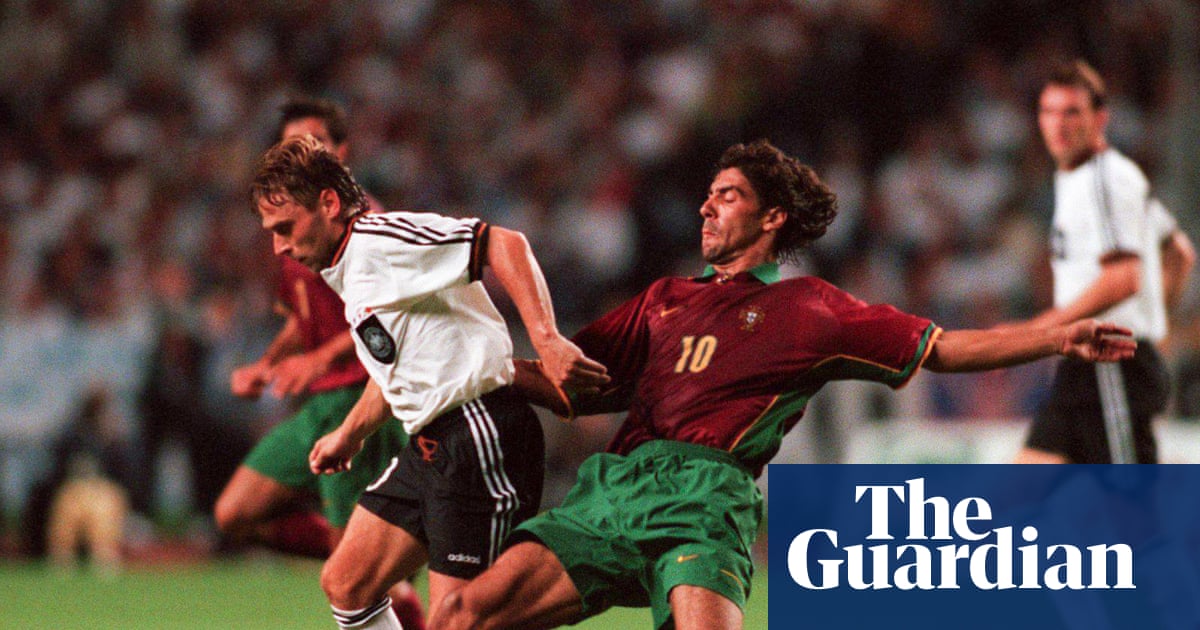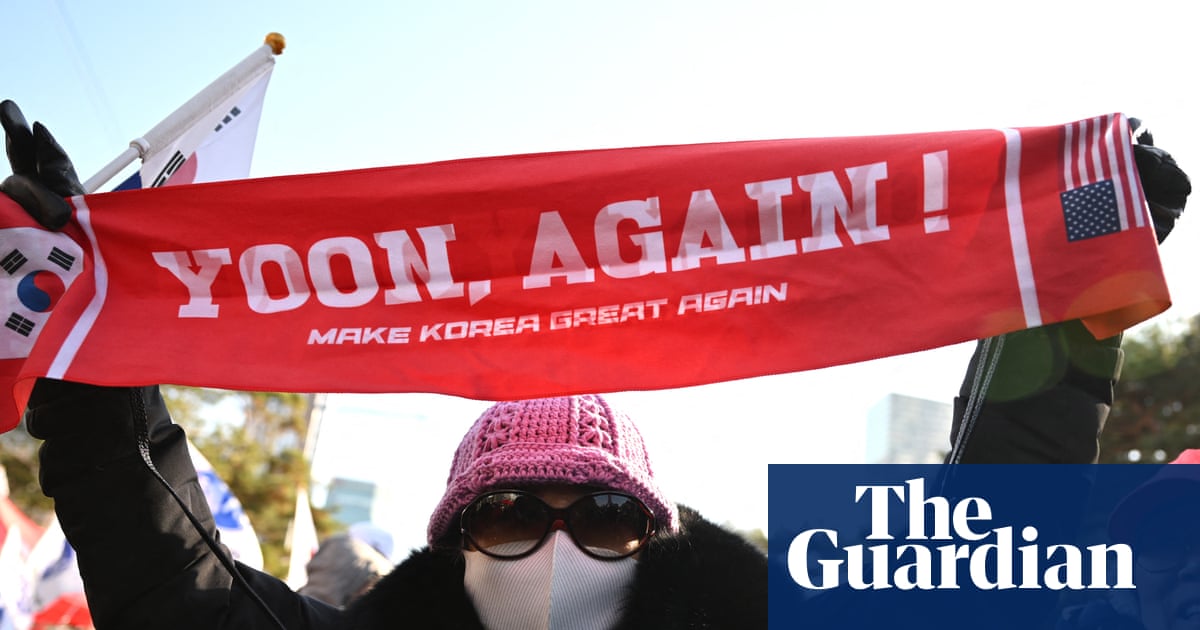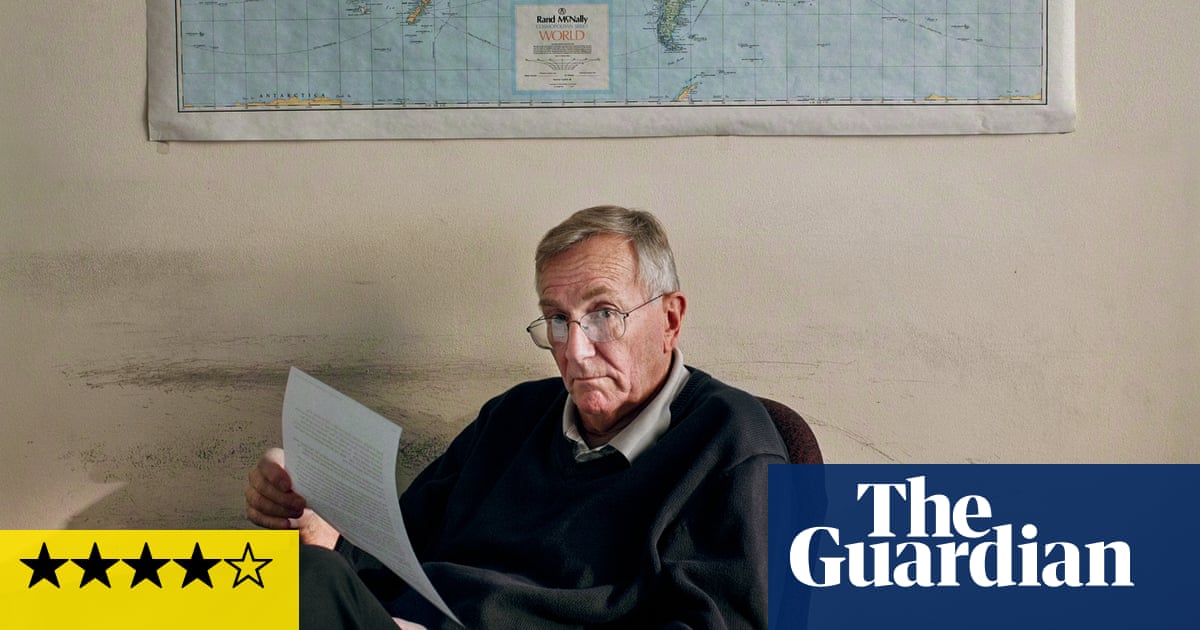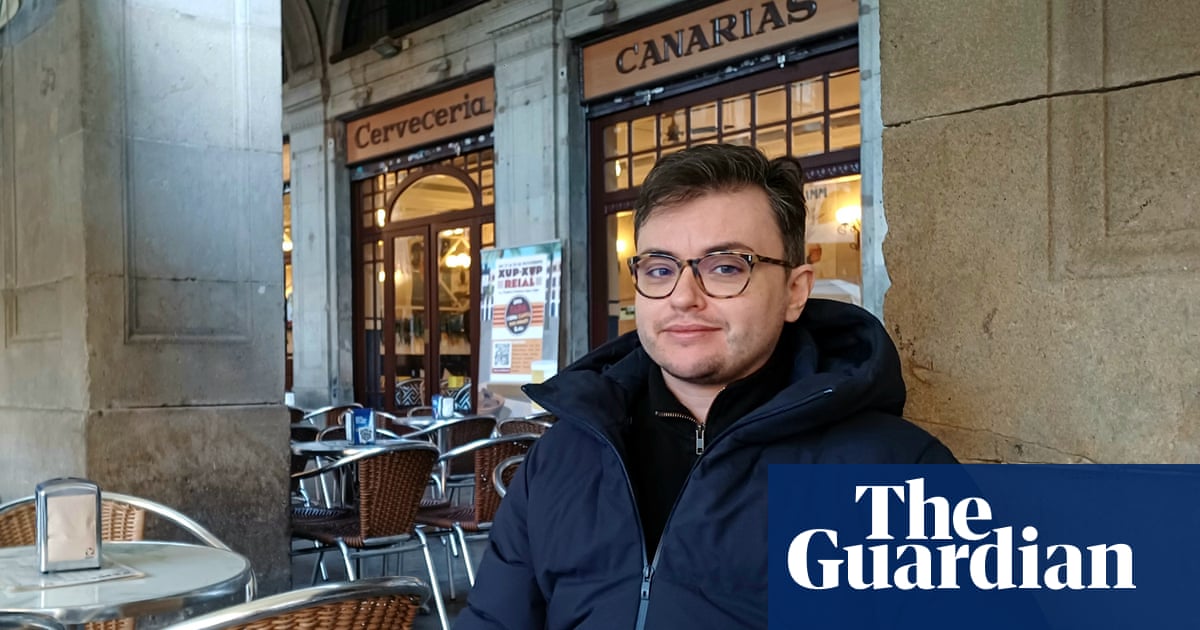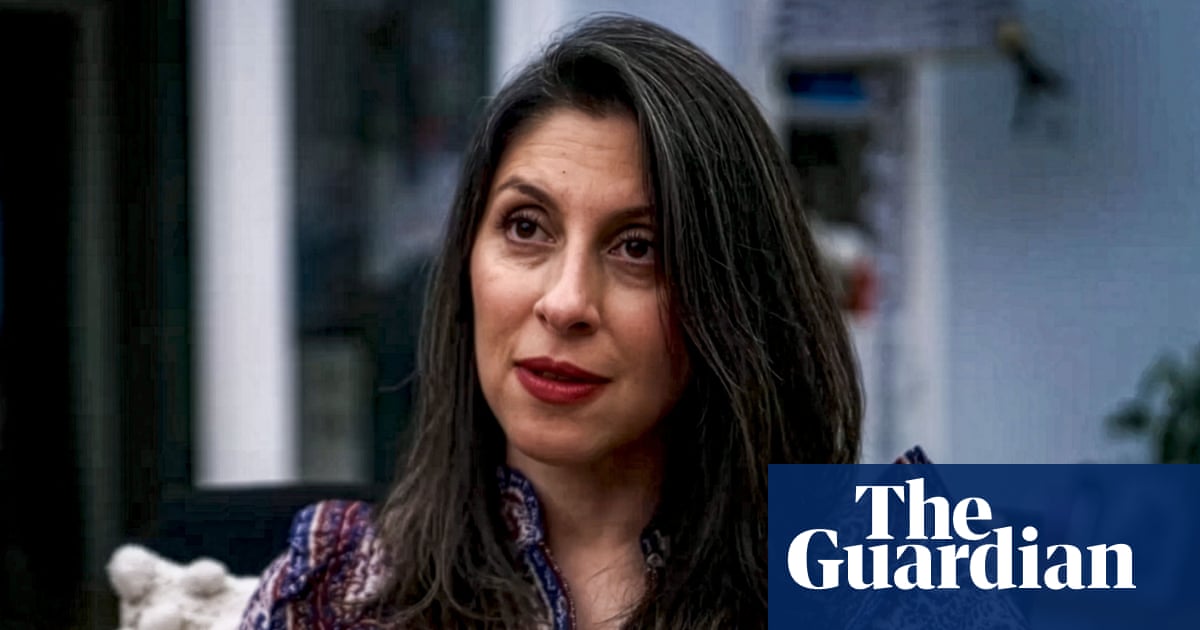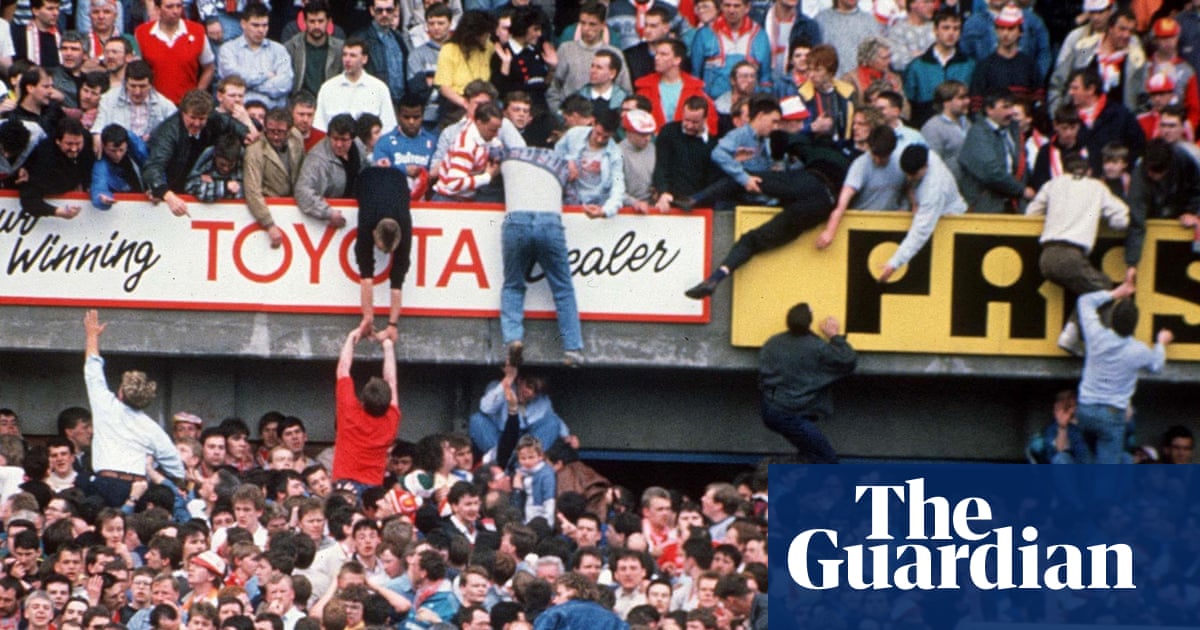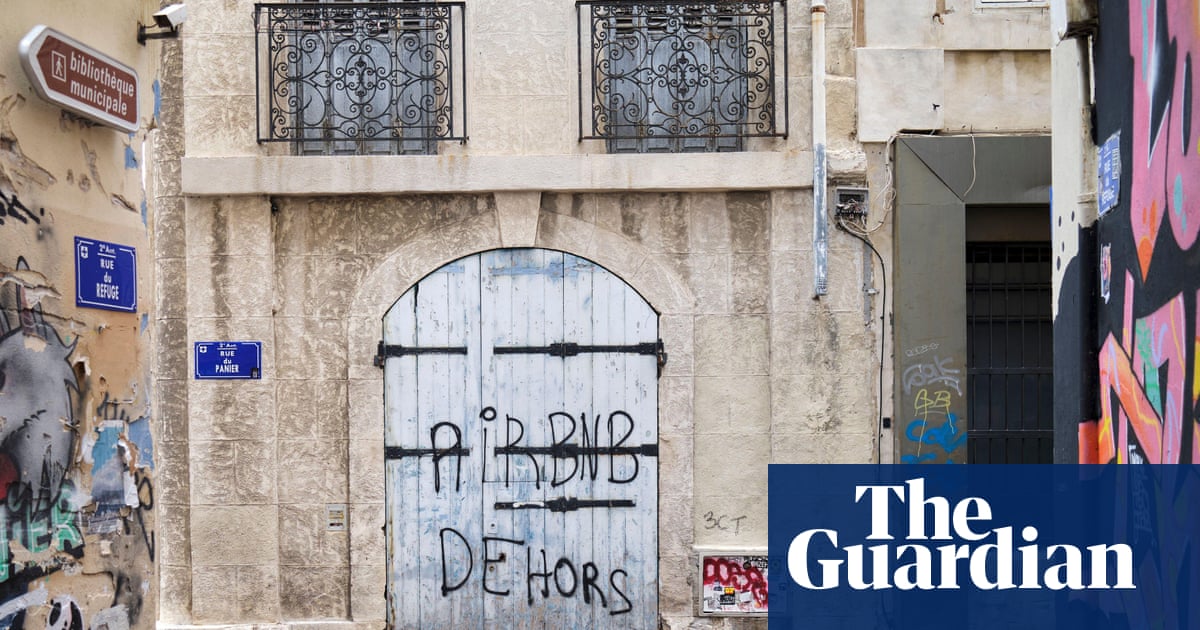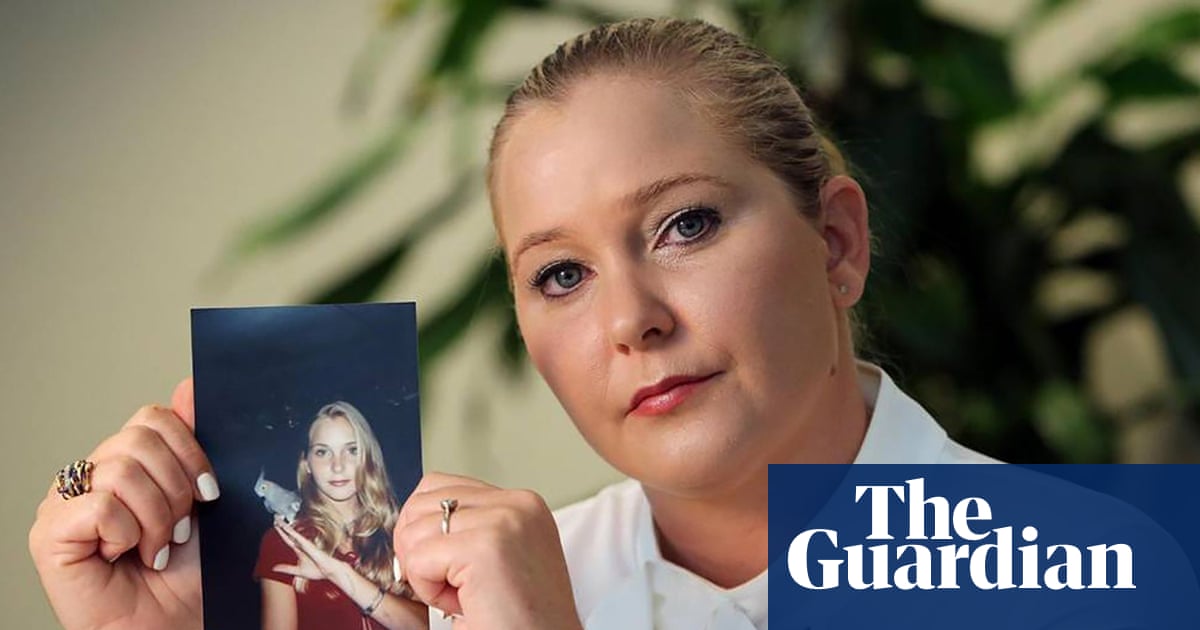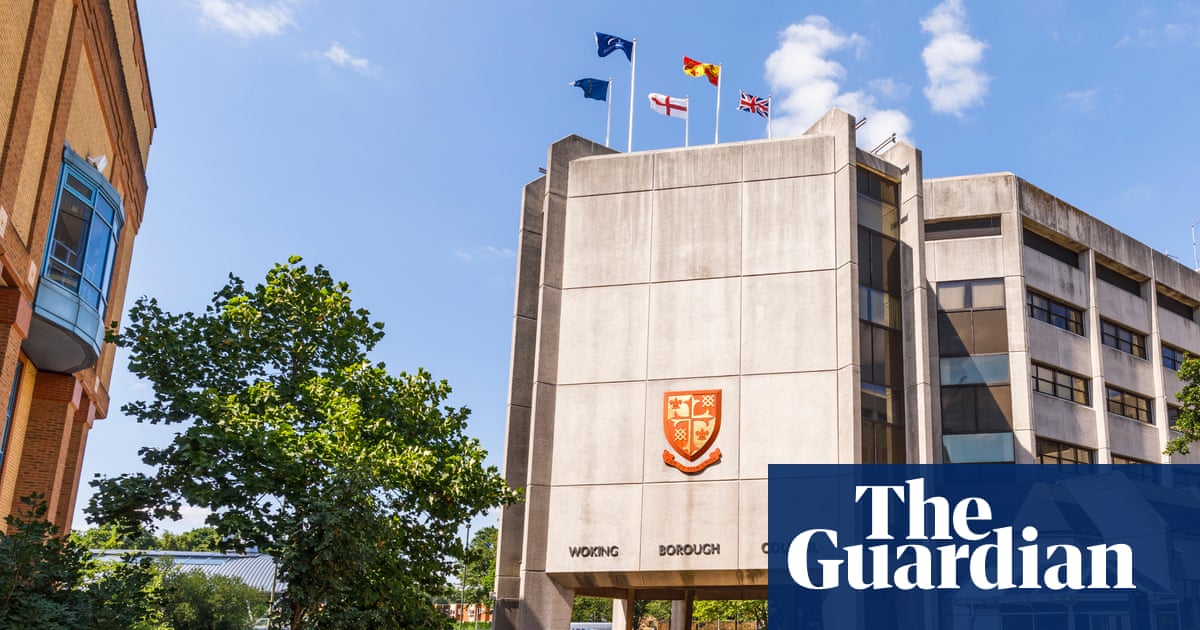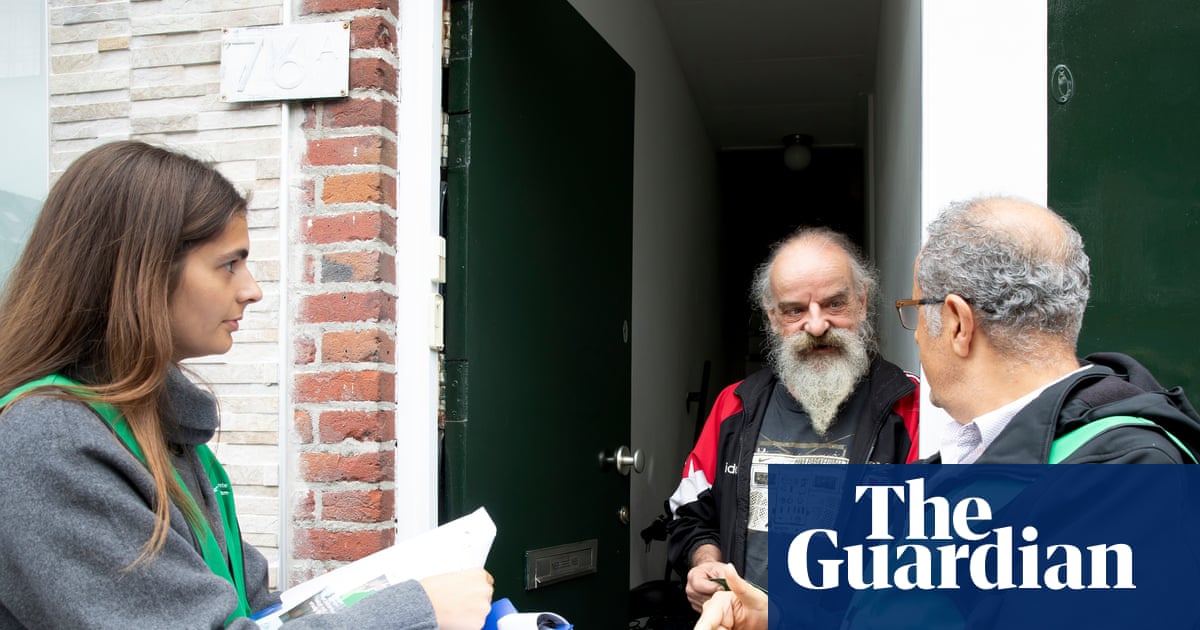The only border crossing between Gaza and Egypt was expected to open on Wednesday to allow hundreds of trucks carrying desperately needed aid into the devastated Palestinian territory.
Aid agencies said they were hoping for a surge in humanitarian assistance, especially to the north of Gaza, to where more than 300,000 displaced people have returned in recent days. Thousands of tonnes of aid, including food and medical supplies, is already loaded on trucks waiting in Egypt or has been stockpiled elsewhere in the region, humanitarian officials said.
At least 400 trucks carrying aid were heading for Gaza, the Egyptian Red Crescent said on Wednesday afternoon, but it was unclear how long it would take for the convoys to complete border formalities and enter the territory.
The fragile ceasefire in Gaza had faced its first test when Israel on Tuesday accused Hamas of failing to comply with the deal signed last week with Hamas by delaying the return the bodies of hostages. In retaliation, Israel said it would cut the number of trucks it would allow into Gaza to 300, half the total agreed in the ceasefire deal, and postpone indefinitely the opening of the Rafah crossing.
Hours later, Hamas handed over the remains of three more hostages to the Red Cross, bringing to eight the number of bodies transferred since the US-brokered ceasefire took hold, and leaving 21 to be accounted for.
The militant Islamist organisation said the delays were due to difficulties locating burial sites amid the swaths of rubble left by the two-year conflict. A fourth body transferred by Hamas was found not to be that of a hostage.
According to KAN, Israel’s public broadcaster, the decision to reopen Rafah came after Israel was informed of Hamas’s intention to return four more bodies on Wednesday, a move not yet confirmed by the group.
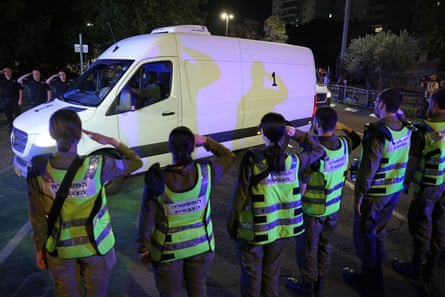
KAN also reported that heavy equipment needed for repairing damaged infrastructure will be permitted to enter Gaza and Palestinians who had left the territory during the war will be allowed back for the first time. Others would be allowed to leave through the Rafah crossing, subject to Israel’s security approval.
Palestinians awaiting medical evacuation said they had not yet received notification from the World Health Organization to prepare for travel.
Amjad al-Shawa, director of the Palestinian NGO network and based in Gaza City, said the needs in what was once the territory’s bustling commercial and cultural hub were “immense”.
“People have this optimism and hope but there needs to be quick improvement on the crossings. We didn’t witness any significant change on the ground yet,” Shawa said.
“We are still getting a very limited amount of aid [and] we are just beginning now to understand the level of destruction. So many streets are just full of rubble … There is almost no home that is safe. There is damage and unexploded bombs everywhere.”
Rafah has been shut since it was seized by Israeli forces in May 2024, limiting entry into Gaza to entry points from Israel. Israel has repeatedly blocked aid from entering Gaza during the conflict, prompting accusations it has used starvation as a weapon of war. A famine was declared in parts of the territory in August.
The European Union said on Wednesday it is on standby to deploy a longstanding humanitarian mission, known as a EUBAM (EU Border Assistance Missions), at the Rafah crossing if conditions on the ground improve.
Humanitarian officials in Gaza City said on Wednesday assistance was desperately needed, with hundreds of thousands there without clean water, food and other essentials, and many more suffering greatly.
Though aid was supposed to start flowing over the weekend, on Monday crossings from Israel were closed to allow the hostage transfer and Palestinian prisoners to reach Gaza and Sunday was a national holiday in Israel.
Tess Ingram of Unicef, speaking from southern Gaza, said: “We had heard that Sunday would be the first day of a big scale-up of aid coming in but what we’ve seen so far is in very sharp contrast to how high and desperate the needs are.
“People are not sure when they are next going to get any water. There is not enough food. We had 45 outpatient nutrition clinic open in August, now there are just seven.”
Later phases of the truce call for Hamas to disarm and give up all power, which it has so far refused to do, instead launching a security crackdown to reassert its authority in Gaza through public executions and clashes with local clans.
Longer-term elements of the ceasefire plan including how Gaza will be governed and the makeup of an international stabilisation force are yet to be fully discussed.
Trump’s plan had called for all hostages – living and dead – to be handed over by a deadline that expired on Monday. But negotiators recognised the logistical challenges of locating all remains amid the widespread destruction in Gaza, and the deal allows Hamas to merely share information about deceased hostages as efforts continue to hand over the bodies as soon as possible.
On Monday, Israelis celebrated the return of the last 20 living hostages in Gaza and Palestinians rejoiced at Israel’s release of about 2,000 prisoners and detainees as part of the ceasefire’s first phase. Negotiations are under way on a second phase, which will have to resolve multiple thorny issues.
In a demonstration of the political challenges facing the truce, Itamar Ben-Gvir, Israel’s far-right National Security Minister and an opponent of the ceasefire plan, said on X that the aid delivery was a “disgrace”.
“Nazi terrorism understands only force, and the only way to solve problems with it is to wipe it off the face of the earth,” he added, accusing Hamas of lies and abuse over the return of hostages’ bodies.
The Hostages Family Forum, a group representing many of the hostages’ families, said the three dead hostages whose remains were identified on Tuesday night were Uriel Baruch, Tamir Nimrodi and Eitan Levi.
Baruch was abducted from the Nova music festival during the Hamas-led attack on Israel in October 2023 that triggered the war in Gaza. Nimrodi, who had been serving with the Israeli defence ministry body that controls entry points into Gaza, was taken by militants from the Erez border crossing. The forum said Levi was abducted while driving a friend to a kibbutz during the Hamas attack.
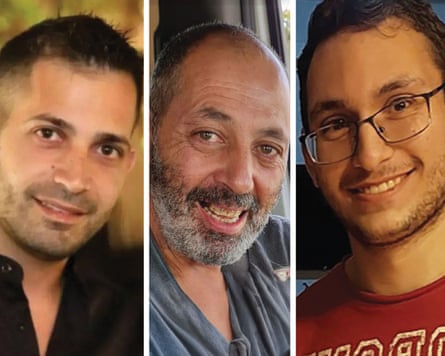
The International Committee of the Red Cross (ICRC), which is overseeing the transfer of remains, said on Monday that the retrieval was a “massive challenge” given the difficulties of finding bodies in Gaza’s rubble, and could take days or weeks.

.png) 1 month ago
47
1 month ago
47




